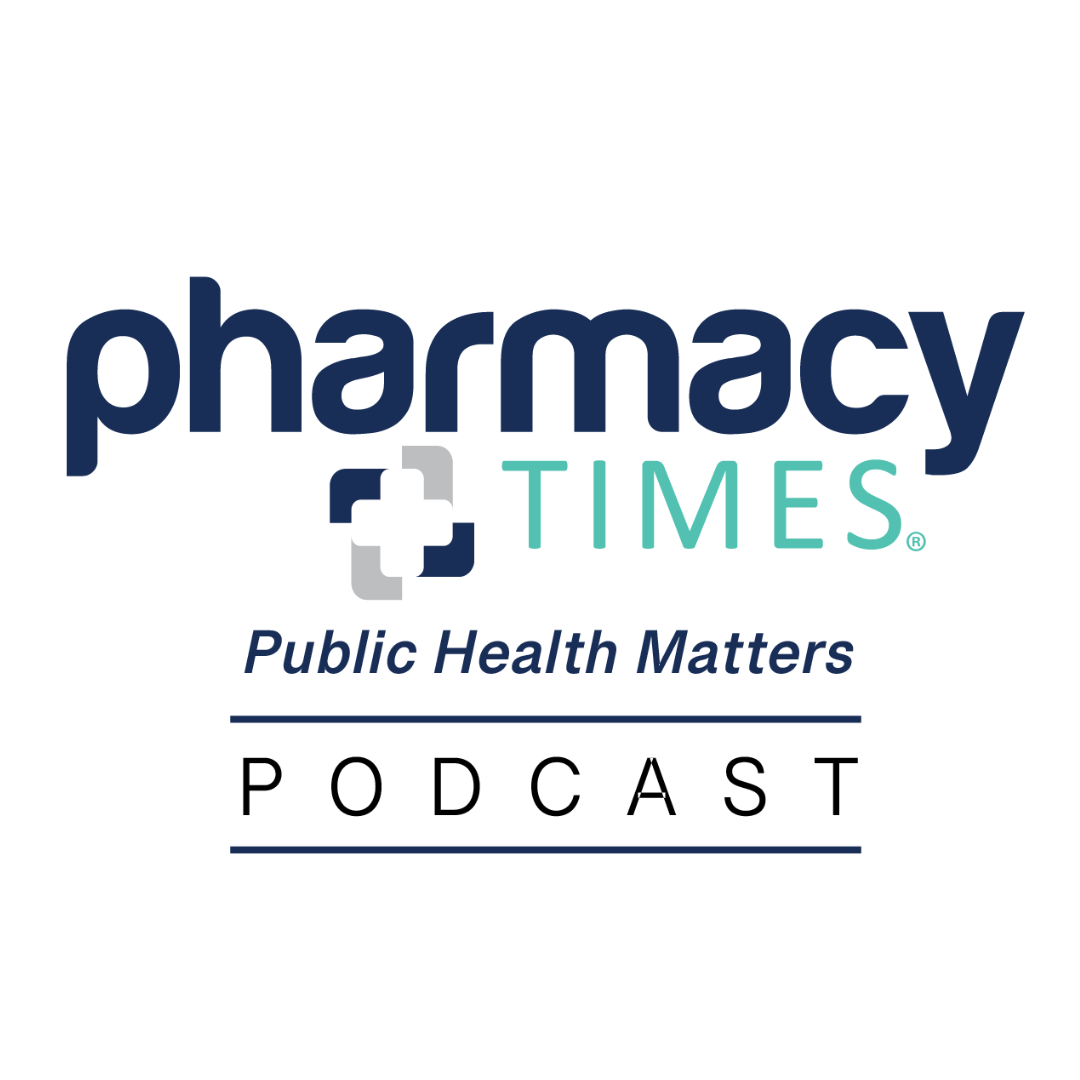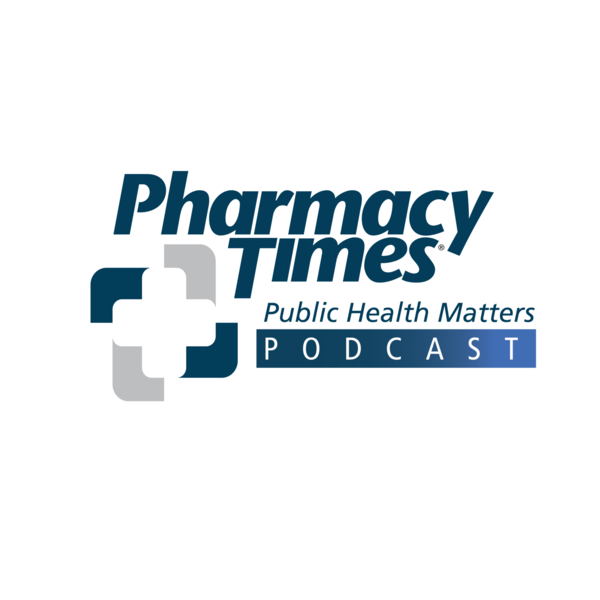
Publication
Article
Specialty Pharmacy Times
Why a Holistic, Technology-Enabled Treatment Approach Is Necessary to Address Hepatitis C-Related Liver Disease
Author(s):
Patients with hepatitis C benefit from a collaborative approach that involves specialty pharmacists and other care providers working with patients to promote patient engagement, adherence to therapy, and management of comorbidities.
Patients with hepatitis C benefit from a collaborative approach that involves specialty pharmacists and other care providers working with patients to promote patient engagement, adherence to therapy, and management of comorbidities.
There is certainly cause to celebrate the launch of the latest direct-acting antiviral drugs for hepatitis C, as they provide an easier, faster treatment plan with fewer side effects. This is especially good news for patients who have faced such limited and challenging treatment options over the past decades. However, new interferon-free regimens like Sovaldi, Harvoni, and Viekira Pak are presenting their own challenges, including—but not limited to—their $100,000-plus per course of treatment price tags. The clinical and economic reality is that these drugs cannot realistically be available to every patient infected with the hepatitis C virus (HCV) today.
However, even those patients who do receive access to these therapies aren’t automatically “cured” in terms of their liver health. Specifically, eradicating HCV is just 1 step along an entire spectrum of treatment and support that must be provi- ded to improve patient outcomes. This process includes better pretreatment before antivirals are needed, and perhaps most importantly, active management of liver disease in the later stages of HCV. That’s because HCV and liver disease are not one and the same. While there is obviously a relationship between the 2 conditions, eliminating HCV won’t heal a patient’s liver. As such, a more integrated approach is needed to tie an optimal treatment plan together for each patient while considering their unique needs, with efforts to achieve HCV eradication, increase treatment adherence, improve/maintain liver health, and reverse long years of liver injury and scarring (fibrosis).
Examining the Challenges Inherent in Management of Liver Disease
It is essential that the entire health care industry—payers, providers, specialty pharmacies, and patients—be aligned with this goal of achieving more holistic treatment that considers the management of liver disease as a separate and important objective. This will require models of care that promote greater provider collaboration, information sharing across the continuum of care, and promotion of consistent clinical best practices. A collaborative, outcomes-based approach is key, because HCV-related liver disease is complex and can be impacted by a variety of factors. These factors include the patient’s disease progression, genetics, comorbidities, and lifestyle.
To understand which patients are most at risk and how liver disease impacts outcomes, it helps to look at current research. According to the Centers for Disease Control and Prevention, for every 100 people infected with HCV, 75 to 85 will develop chronic infection. Of those individuals, 60 to 70 will develop chronic liver disease, with up to 20 progressing to cirrhosis. Finally, an estimated 1 to 5 individuals will actually die of cirrhosis or liver cancer.1 Those are devastating statistics for the millions of Americans infected with HCV.
The question is why liver disease strikes the vast majority of people infected with chronic HCV. To answer that question, it’s important to note that many patients have no initial symptoms of HCV infection and, therefore, are not tested until liver damage has occurred. In these cases, the virus has already caused liver cells to die, inflammation to set in, and fibrosis to form. This scarring may initially be mild, but over time it becomes severe, ultimately developing into cirrhosis, which may lead to cancer.
Liver disease may also be impacted by a patient’s comorbidities, which tend to be commonplace in this population. Studies show that hepatitis B, insulin resistance, and diabetes, for example, can increase the liver damage that occurs when patients suffer from 1 or more of these issues in combination with HCV.2 Finally, a patient’s lifestyle, such as continued drug and alcohol use, can also advance liver disease, even after receiving drug therapy.
Creating a Multidimensional Strategy to Manage Liver Disease
Collaboration across the continuum of care, as mentioned earlier, is a first step in the process of creating a more effective approach to managing liver disease. This includes the sharing of insights and data between a health plan’s care managers, specialty pharmacists, primary care providers (PCPs), specialists, and everyone else directly involved in an HCV patient’s treatment. Providers and pharmacists must also be able to manage patients “in the white space” between office visits in order to effectively support these at-risk individuals. All of these elements can be accomplished through technology that already exists today—Web-based platforms that can serve to connect patients and their entire care team. Secure messaging features, access to health care data, and other tools can also be incorporated into these secure platforms.
However, given all of the unique characteristics of these patients—from genotype to disease progression and comorbidities—it isn’t enough to simply share patient data among the care team. Instead, health care organizations will need to look to a proven technology-enabled approach that combines data sharing with the incorporation of proven, evidence-based clinical pathways. Clinical pathways define the optimal care process, sequence, and timing of interventions for a particular diagnosis. They were originally introduced in the oncology field, where the multitude of treatment protocols and options are highly complicated. The same approach is now being applied as a means to help HCV providers select the most effective treatment plan for each patient based on an analysis of their unique health care needs. This includes their health status, lifestyle, coexisting disease states, and the extent of their fibrosis/scarring.
Clinical pathways can also take into account a patient’s distinct level of involvement or engagement when recommending a treatment approach. For example, is a patient adherent with treatment? Do they show up for doctor’s appointments and refill their medications on time? Do they make emergency department visits instead of their regular PCP visits? All of these factors must be considered as an effective treatment plan is developed. Patients with lower adherence levels may need additional care and support from physicians, pharmacists, and care managers.
Engagement levels also play an important role in the last aspect of this integrated approach. Patients themselves need to have access to understandable, meaningful, and customized educational materials and adherence tools. They must gain an advanced understanding of the impact of their choices—from alcohol and drug abstinence to taking medications as directed—and how these decisions affect their liver health. This is especially important in individuals for whom liver damage has progressed to a point where cirrhosis could occur or liver transplant could ultimately be required if left unmanaged.
Patients with mental health and substance abuse issues must also be closely managed and assessed, especially if they are being considered as candidates for expensive drug therapy. That’s because research has shown that active use of illicit substances is often associated with reduced adherence to medical interventions.3 Reduced adherence in the world of costly new antiviral drugs could mean lower cure rates for payers investing millions in these therapies. In addition, another clinical study shows that reducing alcohol use in people with HCV can slow disease progression and provide important health benefits.4
One Solution that Brings All of These Aspects Together
One case in point that could ultimately showcase the power of these integrated elements is the HCV management solution developed by Primrose Healthcare. Primrose has developed a Web-based software platform specifically designed to address the full continuum of treatment and support needed in HCV patients. While the system can complement drug therapy, it can also more effectively manage patients beyond this aspect of treatment, including:
- Driving more effective management of liver disease itself through clinical pathways
- Pinpointing a patient’s level of interest/engagement and offering strategies to address low levels of engagement
- Providing tools to patients that improve self-management, including medication adherence devices and reminder packaging, educational videos, and access to their medical data and treatment plan
- Offering secure messaging between physicians, pharmacists, and patients, allowing them to stay connected in between office visits
- Enabling access to clinical recommendations and patient data across a patient’s entire care team—including adherence data supplied directly by a specialty pharmacy
- Providing a clear picture of patients’ condition and management to payers
This solution has recently been introduced in the United States and has already established a partnership with one of the nation’s largest specialty pharmacies. The Primrose leadership team has broad experience in the management of liver disease and viral hepatitis as well as patient engagement and clinical management.
The Specialty Pharmacy’s Role in These Efforts
Specialty pharmacies are literally on the “front lines” of patient care, and yet these organizations are often overlooked as vital members of the overall health care team. Solutions like the one outlined above put specialty pharmacies in a strong position to improve their collaboration with providers while expanding on the valuable services they already offer to patients today. These include:
- Serving as a valuable point of contact for patients desiring high-touch education and support
- Sharing valuable adherence data with providers
- Collaborating with providers and care managers to improve engagement levels
- Seeking financial assistance for patients who qualify for manufacturer and nonprofit programs
A Cure May Be in Sight
In closing, HCV-related liver disease can only be managed by a multidisciplinary approach that involves all stakeholders across the health care industry. These individuals must be empowered with the right tools and technology to make the very best, most informed decisions for every unique patient. Part of this treatment plan may indeed include today’s antiviral therapies for patients who are ideal candidates—those who are engaged in self-management behaviors and are further along the continuum of disease progression. However, optimal treatment doesn’t simply come in pill form. Instead, it requires a rethinking of today’s care models and a fully coordinated approach to improving patient health. SPT
References
- Hepatitis C. Publication No. 21-1075. Atlanta, Ga: Centers for Disease Control and Prevention, Division of Viral Hepatitis; 2010. www.cdc.gov/hepatitis/HCV/PDFs/HepCGeneralFactSheet.pdf.
- El-Zayadi A-R. Hepatitis C comorbidities affecting the course and response to therapy. World J Gastroenterol. 2009;15(40):4993-4999. www.ncbi.nlm.nih.gov/pmc/articles/PMC2768876/.
- Lucas GM, Gebo KA, Chaisson RE, Moore RD. Longitudinal assessment of the effects of drug and alcohol abuse on HIV-1 treatment outcomes in an urban clinic. AIDS. 2002;16(5):767-774. www.ncbi.nlm.nih.gov/pubmed/11964533.
- Zule WA, Costenbader EC, Coomes CM, Wechsberg WM. Effects of hepatitis C virus educational intervention or a motivational intervention on alcohol use, injection drug use, and sexual risk behaviors among injection drug users. Am J Public Health. 2009;99(suppl 1):S180-S186. www.ncbi.nlm.nih.gov/pubmed/19218179.
About the Authors
Dr. Tarek Hassanein is board certified in gastroenterology and hepatology and is a professor of medicine at the UCSD School of Medicine. A leading expert in liver diseases, Dr. Hassanein is renowned for management of viral hepatitis, fatty liver, cirrhosis, liver cancer, and pre/post liver transplant care. Dr. Hassanein earned his medical degree from Alexandria University in Egypt and completed residency in internal medicine at Wayne State University in Detroit, Michigan. He completed a research and clinical fellowship in gastroenterology, hepatology, and transplantation at the University of Pittsburgh.As president of Primrose Healthcare, Henri Cournand oversees all of the company’s finance, operations, business development, strategic planning, sales, and marketing efforts. He brings more than 15 years of health plan management expertise to this position, including executive roles at CIGNA Corporation. At CIGNA, Mr. Cournand was responsible for strategic oversight of critical business functions, including sales, clinical management, actuarial, finance, and corporate venture capital efforts. Mr. Cournand received his MBA from Nova Southeastern University after earning his undergraduate degree in marketing.

Newsletter
Stay informed on drug updates, treatment guidelines, and pharmacy practice trends—subscribe to Pharmacy Times for weekly clinical insights.
2 Commerce Drive
Cranbury, NJ 08512
All rights reserved.





